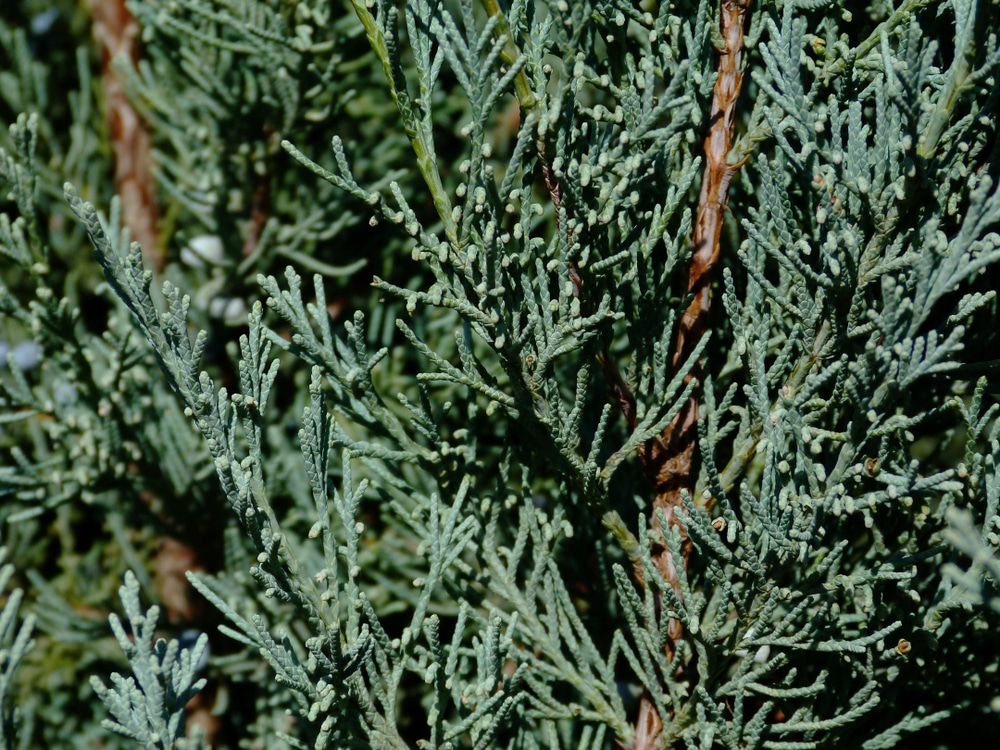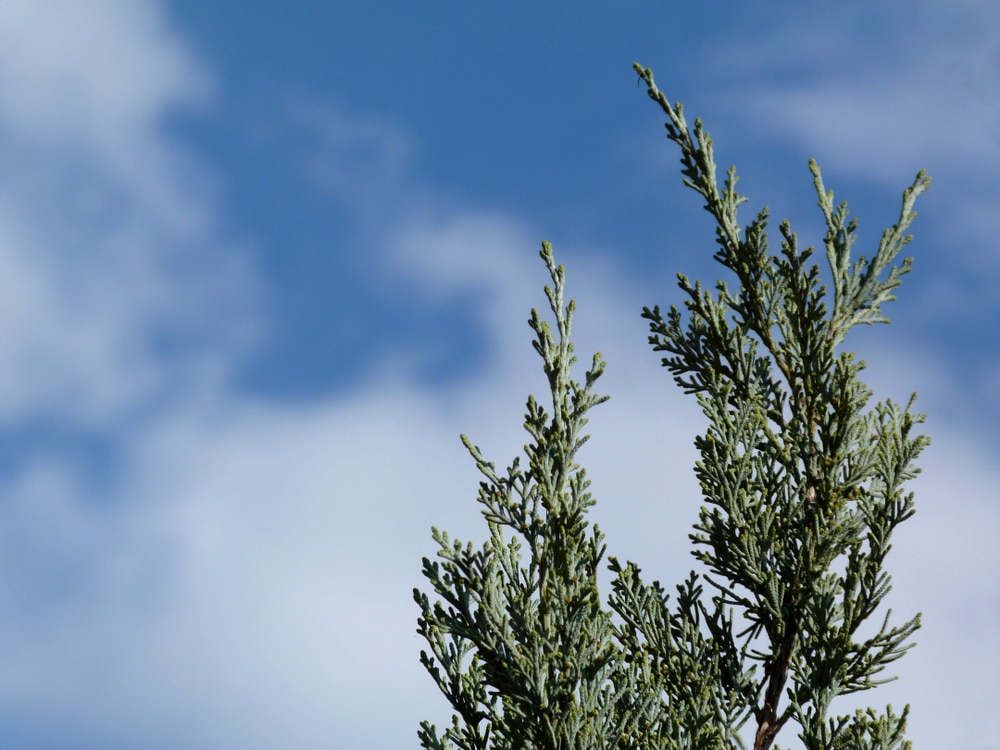The Wichita blue juniper is a hardy tree from the American west. It is a lovely tree that is an excellent landscaping addition to any home. It grows slowly but is also a hardy plant that can survive in various climates.
Despite its rugged background, there are some common Wichita blue juniper problems. Since this tree takes so long to grow, you want to avoid these problems at all costs. Keep reading to learn more about this beautiful tree and what you can do to keep it healthy.
What Is a Wichita Blue Juniper?
The Wichita blue juniper is a species of juniper tree native to the central United States. This hardy tree can grow up to 15 feet tall and 10 feet wide. It has a slow growth rate but is known for being very drought tolerant.
The Wichita blue juniper gets its name from its pretty blue-green needles. It can be planted in full sun or shade and doesn’t need much water once it matures.
This resilient tree is also resistant to deer and rabbits. The Wichita blue juniper is an excellent option if you’re looking for a beautiful tree that doesn’t need much care or babysitting.
Proper Care
To avoid common Wichita blue juniper problems, you must take proper care of your tree. These trees are low-maintenance but still need primary care to stay healthy.
Here are some tips for properly caring for your Wichita blue juniper:
- Plant in well-drained soil in full sun or part shade
- Water regularly until the tree is established
- Fertilize once a year with an all-purpose fertilizer
- Prune as needed to maintain shape
If you follow these care guidelines, you will set your Wichita blue juniper up for success.
Common Problems
Despite being a hardy tree, there are still some common Wichita blue juniper problems. Improper care, pests, or disease can cause these problems.
Pests and Diseases
One of the most common Wichita blue juniper problems is an infestation of pests or diseases. These problems can kill your tree or make it very sick.
Some common pests and diseases that affect the Wichita blue juniper include:
- Needle rust – a fungal infection that turns needles brown
- Cedar-quince rust – a fungal infection that causes yellow spots on needles
- Juniper scale – an insect that sucks the sap out of needles
- Juniper webworm – a caterpillar that bores into needles and eats them
If you notice any of these problems on your tree, it’s vital to take action immediately. These problems can spread quickly and kill your tree if left untreated.
Overwatering
One of the most common Wichita blue juniper problems is overwatering. This problem gets often caused by well-meaning gardeners who think the tree needs more water than it does.
Overwatering can cause the roots to rot and the needles to turn yellow.
If you think your tree is overwatered, stop watering it and let the soil dry out completely. It would be best to water your Wichita blue juniper when the top inch of the earth is dry.
Poor Drainage
Another common Wichita blue juniper problem is poor drainage. This problem is often caused by planting a tree in an area that doesn’t have well-drained soil.
The Wichita blue juniper needs well-drained soil to thrive. If the soil is too wet, the roots will rot, and the tree will eventually die.
To fix this problem, you can try planting the tree in a different location or amending the soil with sand or gravel. You can also improve drainage by planting the tree in a raised bed.
Wrap Up
Now you know all about Wichita blue juniper problems and how you can solve them. With the proper care, this rugged tree will survive almost anything.

